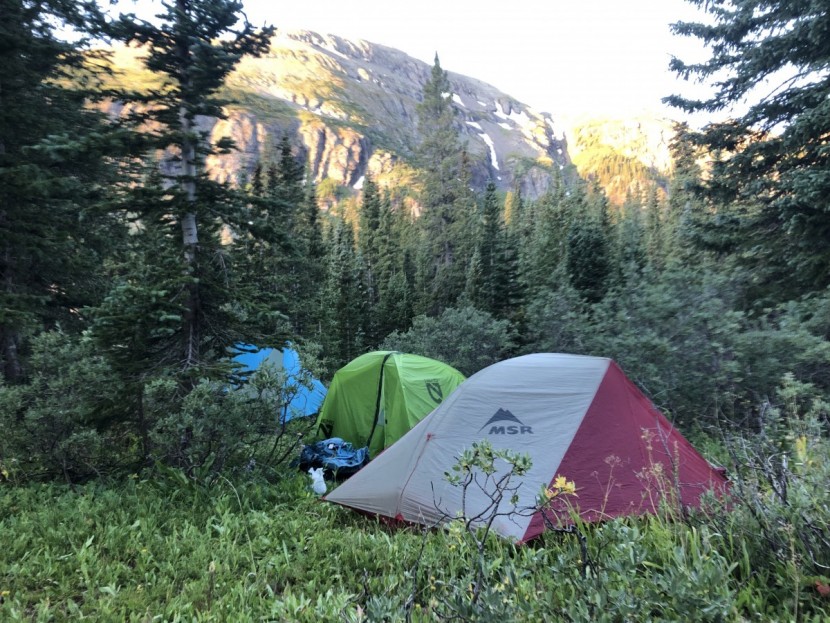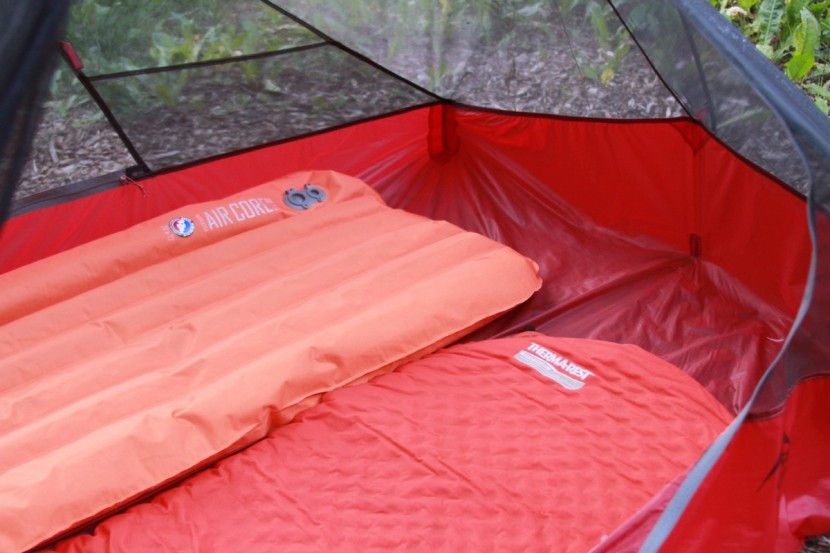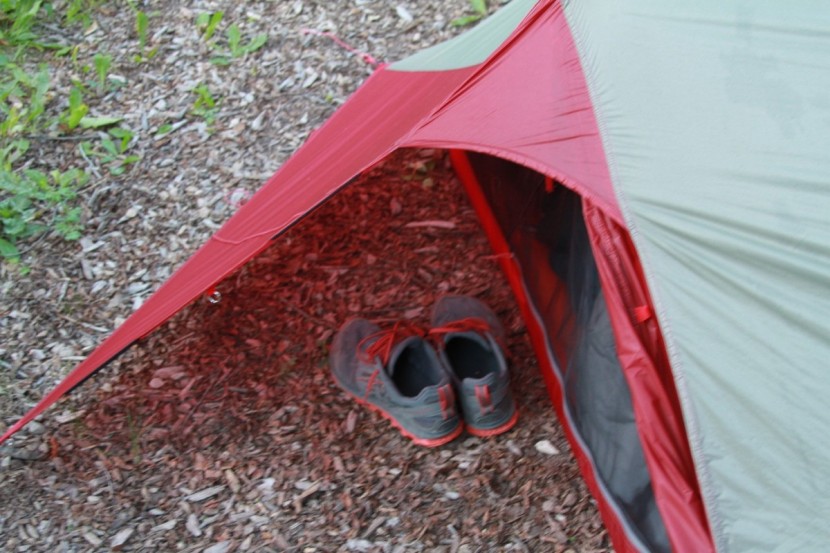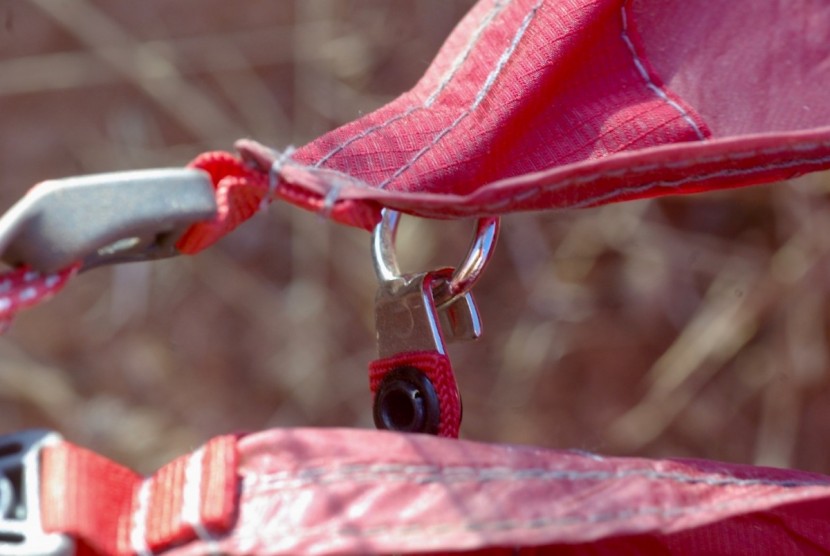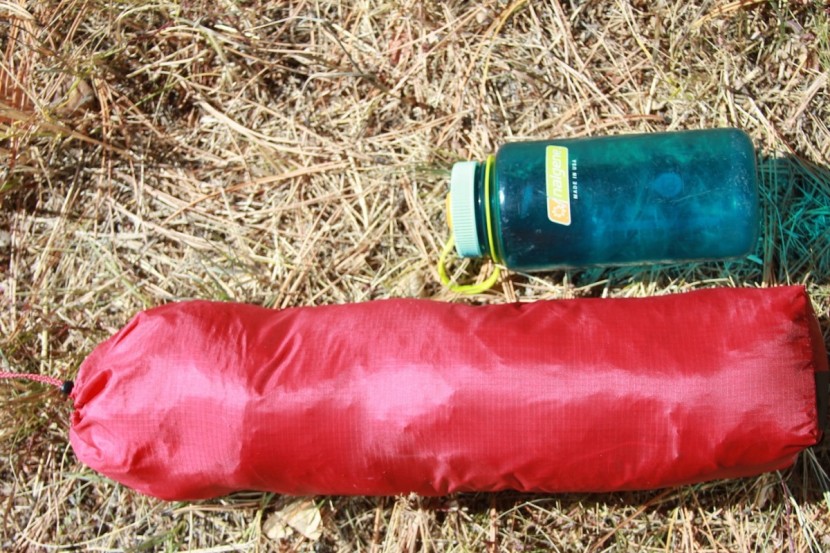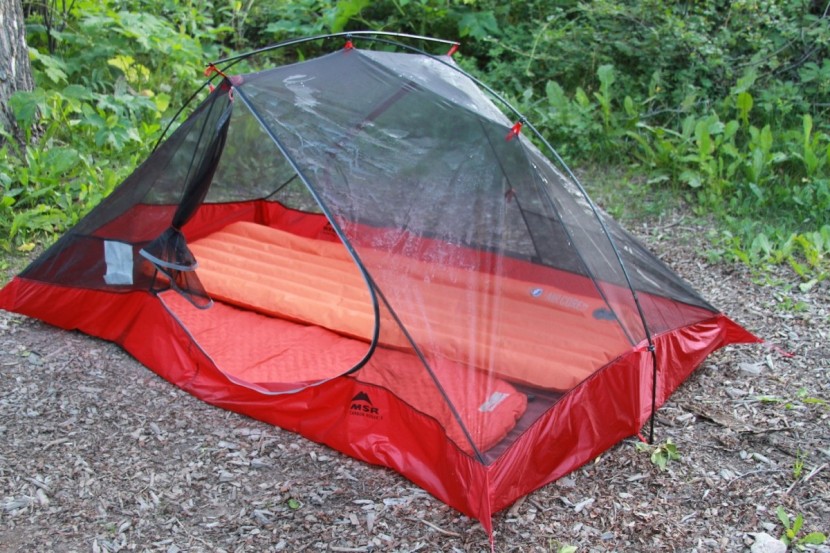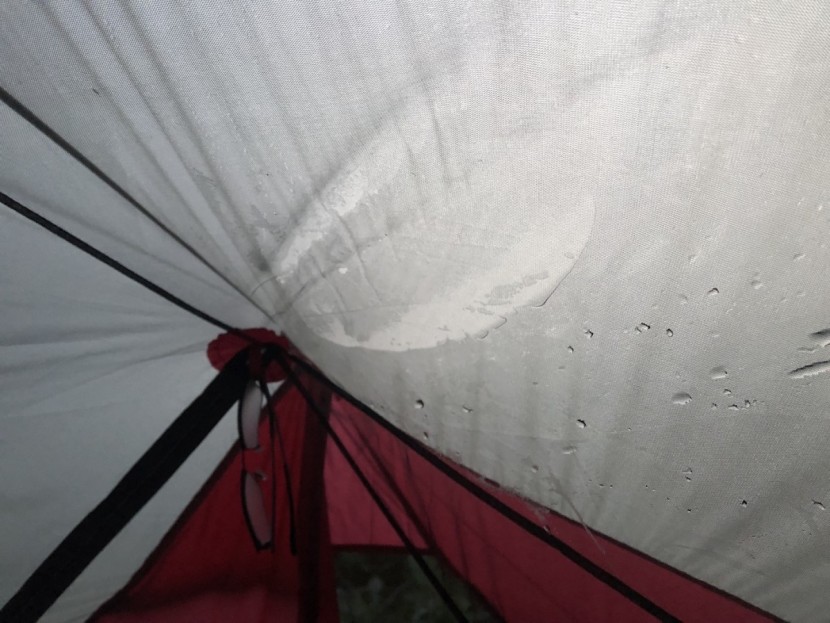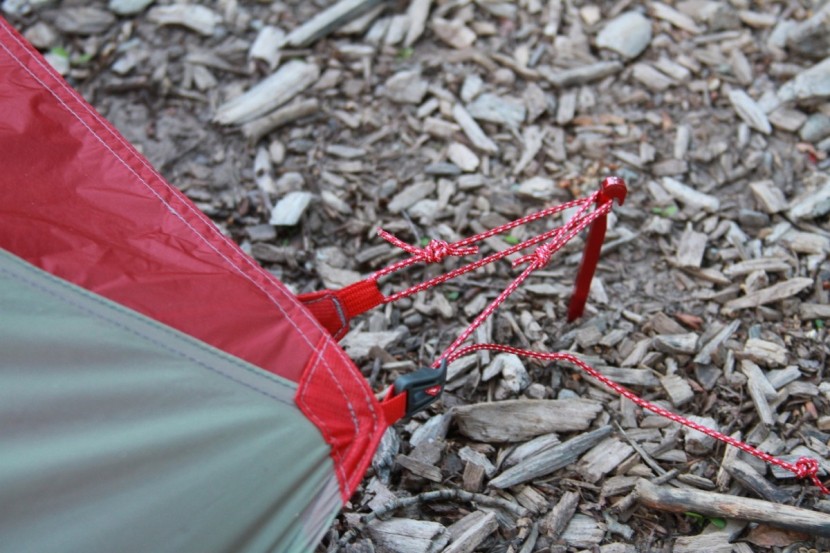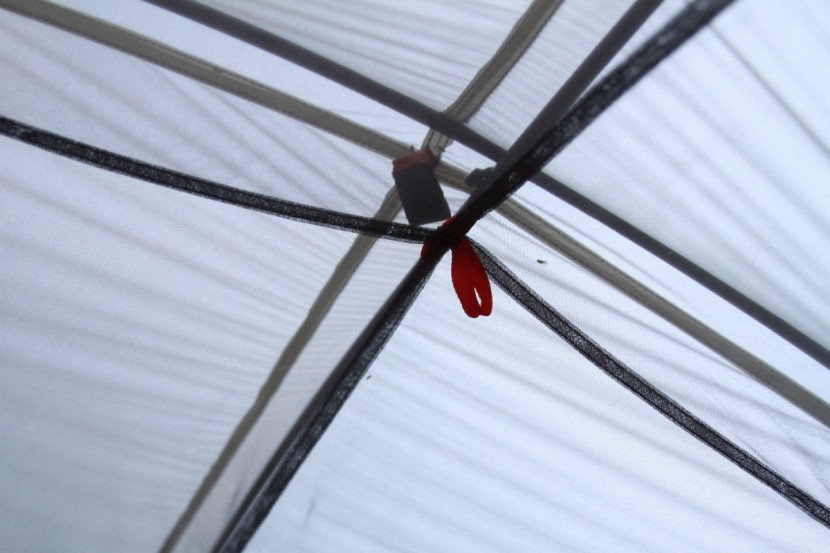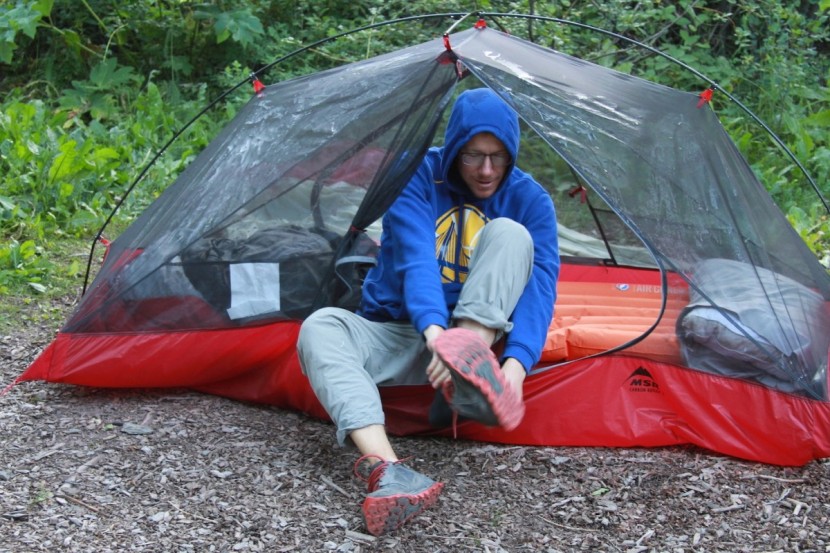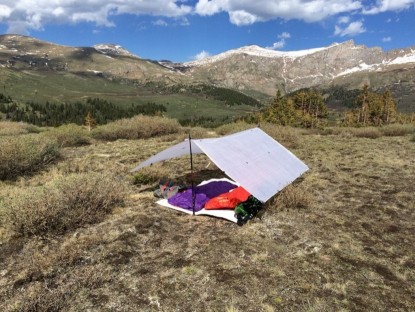MSR Reflex 2 UL Review
Our Verdict
Our Analysis and Test Results
The Reflex 2 offers a double-wall dedicated pole construction that holds its shape in the wind. While it functions fine as any tent should (especially one that is ultralight), it doesn't offer much living space and has a few quirky (and annoying) features that take a little getting used to. The high price tag doesn't warrant the performance it offers with other options with better performance for a lower cost.
Livability
We had high hopes for this double-wall 2-person tent with an alleged 29 square feet of space. Made with an interior mesh design with a removable rain tarp and two vestibules, it offers good protection for insects but not a whole lot of room for two people.
The interior is just wide enough that two people can sleep shoulder to shoulder or to cuddle comfortably, but they can't sleep head-to-toe. The vestibule enclosure is also interesting. Unlike other tents with a zippered rain tarp, this one uses clasps. While an interesting idea with great functionality for sandy environments (zippers break when exposed to lots of sand), the door always seems to sag.
We also needed to use both hands to clasp it, which resulted in us actually crawling out on our belly many nights to reach it — a huge pain. The vestibule area is large enough to maybe boil some water and cool if you were stuck inside of it, but you'd be left laying down while doing so.
The headroom is also pretty unlikeable. While a 5"7 women could sit up in the tent with her head touching the mesh, two 6" men both found themselves doing ab crunches while putting on clothing as they couldn't sit up at all. Sure, this might result in a sweet six-pack, but after hiking all day, you might want to sit up without having to work for it.
Condensation from our breath wasn't really a problem when the outer vestibule was set-up correctly. Given that it is a full mesh interior with vestibules and has a latching (not a zipper) device, breathability and airflow are pretty good.
Weight
This tent comes with everything you need to get out on the trail. As a dedicated pole-construction, you don't need a set of trekking poles that could lighten your load. With all components, stuff sacks, and everything included, you're looking at about 2 pounds 6 ounces of carrying weight on your back. The profile of both the sack and poles (which can be put together) is quite long and sausage-like, with a 17" length and 5" width or radius.
Weather Protection
While on a camping trip in the Gunnison Gorge, a torrential downpour came. Being in the sandy drainage, the packraft we were using to travel down the Gunnison River got completely buried in mud from a mini mudslide. This tent has raised floors around the perimeter of the tent. While the storm blew, we stayed fast asleep. No mud entered the tent at the bottom, thanks to the terrific floor.
The rainfly is constructed out of 7D nylon ripstop fabric used in its construction is quite water-resistant and doesn't allow moisture in your tent. However, during days when we had our tent incredibly tight before going to sleep, we woke up to the fabric sagging against the mesh as the Nylon has absorbed some of the water. Our sleeping bags got inherently wet, as we didn't realize it was storming out.
From these experiences, we are happy to say this tent is decent in bad weather but does require some adjustments. Seeing that both times our testers were in storms and didn't wake up, this tent is quiet in storms and holds up its shape impeccably! Its profile is super low to the ground, shedding wind exceptionally well.
Adaptability
With its pole-based design, this tent can basically be set up wherever it's flat, and you can sink pegs into the ground. The only really removable part of the tent is the rainfly. If you know it's going to be nice weather with no rain, it'll keep you well-protected. As a result of its interior mesh design, it's best suited for use through three-seasons, with the winter being our least recommended time.
Set-Up
The first time we set this tent up, it took under five minutes without having to consult the instructions. It has a two-pole set-up, which is very easy to figure out. To set it up, simply start by pegging out all the edges of the interior tent; then add the small pole that increases the width of the tent. Then add the large structural pole. The pole inserts are super durable, while the tensioners on the side make it very easy to adjust.
Value
With just a straight-up Nylon construction and a couple of carbon poles, while this double-construction tent is quite functional, it's also ridiculously expensive. If you're trying to save money, take a look at our Best Buy options; one is a dedicated pole-based tent. Those that will find the value in this product are those seeking shelter for the desert, without a zippered vestibule, and can stand up to pretty big winds.
Conclusion
The MSR Reflex 2 is a decent ultralight tent that pales in comparison to other competitors. While it does well in high winds and offers average rain protection for a Nylon tent, it's not one you'd want to live in for long periods. Light in its construction with a dedicated pole architecture, this is best for those seeking a great tent for the desert (no zippers on the vestibules), warm weather, or windy trips.



